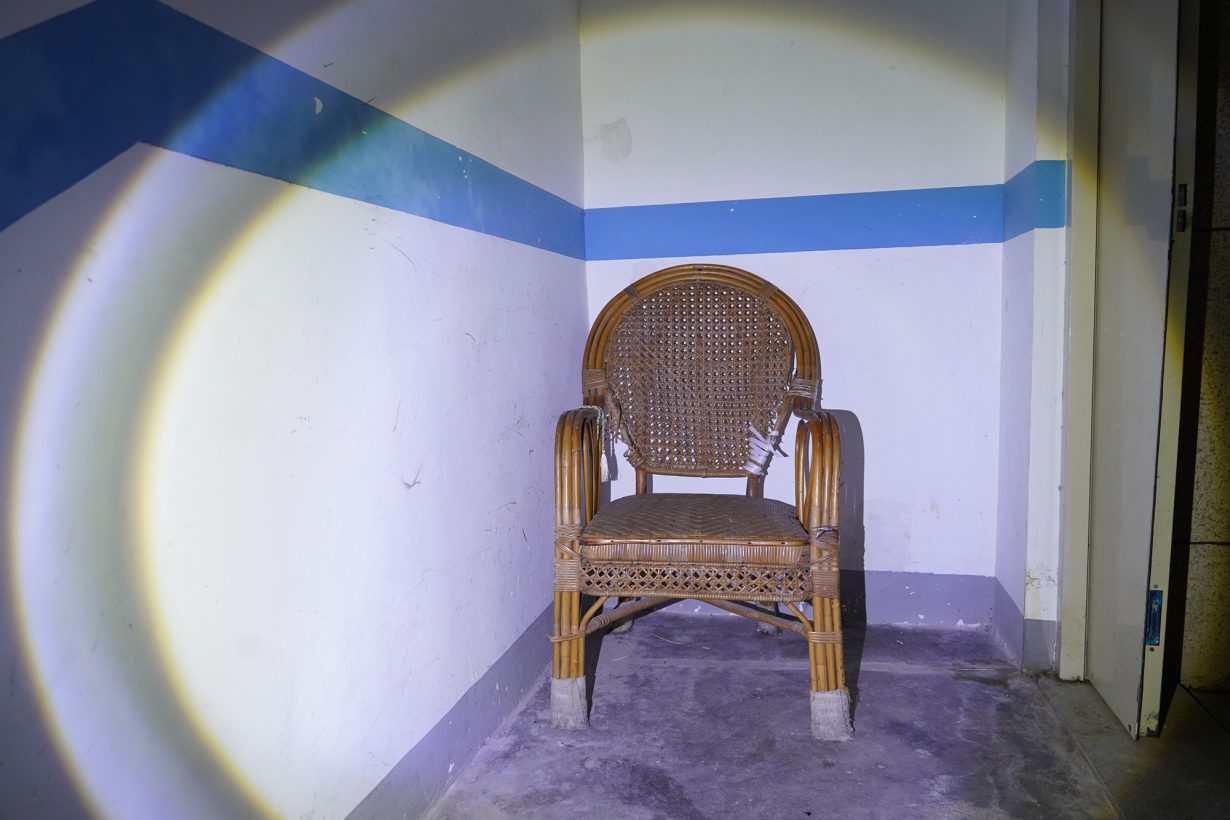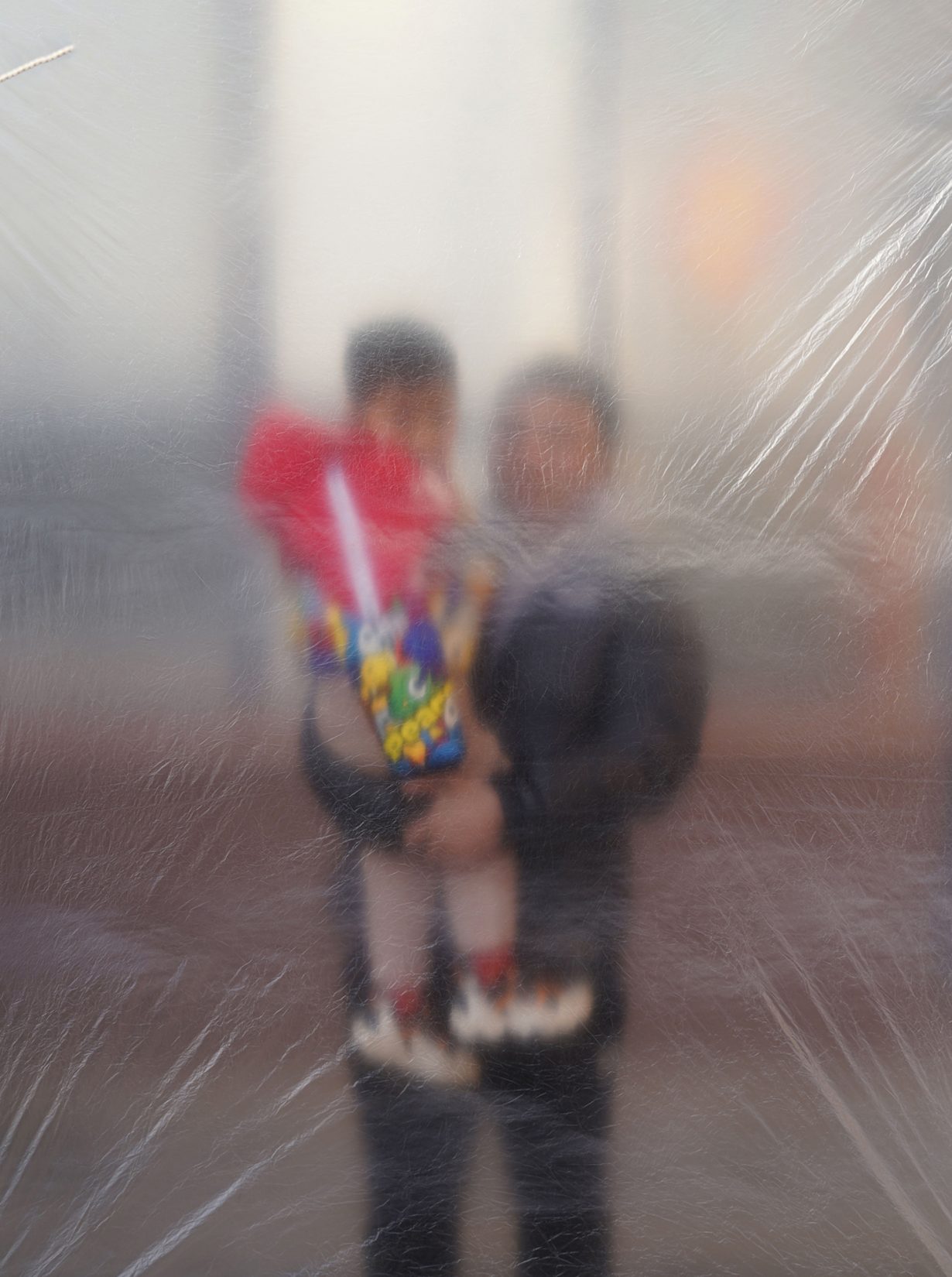Selected by Lai Fei, editor, ArtReview, Chinese edition
According to the National Bureau of Statistics of China, in December 2024 the average number of hours per week worked by employees in Chinese companies was 48.9. Both Yan Jiacheng and I are part of the workforce contributing to this statistic. Though in Yan’s case, there is a distinct divide between his office job and his creative endeavours – working fulltime on the former finances the latter. It seems surprising to me at first how he manages to sustain a creative practice in the remaining hours of the week. And I wonder if becoming a professional artist could be something of an ideal for him; or to put it into Marx’s term, an unalienated praxis.
However, Yan Jiacheng doesn’t care much for the artworld. He doesn’t think of himself as an artist, nor does he label himself as a photographer, even though he’s been avidly creating works of a photographic nature and sharing them online for some years. Yan has continuously worked at an office job in Guangzhou since graduating from university (with a degree in Chinese Literature) in 2016. His days are centred around his company and rented home, and much time is spent observing and reexamining everyday scenes along the way.
These day-to-day observations are key to his creativity, manifesting in forms beyond straightforward documentary photography. There’s a modest, authentic quality to his pictures that, to me, has less to do with the technologies he uses and everything to do with his experiences and his sense of identity as an ordinary worker – among many – in Guangzhou. It’s no coincidence that workers – couriers, sanitation workers, taxi drivers et al – are a frequent focus in his photo stories. In February 2020, as China grappled with the initial outbreak of COVID-19 and implemented quarantine measures, Yan observed a group of sanitation workers disinfecting the roadside railings on an otherwise empty street. At a time when the entire city seemed to be at a standstill, Yan wondered, who were the ones keeping the city running? Compelled to document this act of labour, he found that he couldn’t capture all the workers in a single frame. Instead, he photographed them individually and then seamlessly combined the images into one digital composite. This resulting image is part of his group portrait series This is a Long Story (2018–), which depicts couriers, commuters, tourists and other citizens in the endless streams of urban life.

Group portraiture is a favoured form. Yan tends to work in series, capturing multitudes rather than isolated subjects. While ordinary human lives are central to his projects, he maintains an observational distance from the individuals behind his lens. In his photos, personal identities are often blurred or downplayed. What stands out instead is a prevailing sense of the collective and the broader societal condition.
At times these portraits take shape in the very absence of the protagonists. In his series The Corner Where the Cleaning Aunt Rests (2024–), he documents the inconspicuous corners, tucked away in the backrooms and stairwells of residential and office buildings, where cleaning workers find fleeting moments of rest. These makeshift resting spots, often furnished with discarded chairs and stools, symbolise the precarious presence and undervalued labour of the workers, the majority of whom are women. Yan initiated this project to highlight the systemic neglect of the profession and to advocate for a more inclusive approach to workspace design – one that respects and addresses the needs of all, especially those relegated to the periphery.
What can letters carved into trees tell us about a group of workers who once populated the area decades ago? The series Inscriptions in Jiushuikeng (2024) can be seen as a poignant collective portrait of these workers’ emotional lives. In Jiushuikeng Village, a former electronics manufacturing district in Guangzhou, Yan finds traces of the area’s industrial past in the carvings of ‘I love you’, ‘bitter life’, ‘forget’, heart symbols and initials – etched into the trees that have for years stood witness to the ebb and flow of workers and their yearnings.

The Second Child’s Second Child (2022–) is a rare series in which he sets out to photograph specific subjects in a staged setting. Since the implementation of China’s one-child policy during the 1980s, many families took risks to have a second child, often hiding these children away in others’ homes, concealing their familial identities and preventing them from being caught by officials. In recent years, with the country’s labour force population declining, the government gradually phased out the family planning policy and began encouraging young families to have a second child. Among those who were once the ‘second children’ of that era – those who were not allowed to be born – many are now parents themselves and have given birth to their own second child. In the series, Yan portrays these individuals with their second children, positioned behind a translucent plastic sheet that gently conceals their identities, shedding light on their struggles amid shifting policies.
Yan keeps a log of unfinished and unstarted projects, always wishing for more time to devote to them. Perhaps one day, his day job will give way to a fulltime creative career. However, I hope he never loses the acute perspective he currently possesses, or the unique freedom that comes with not making art for money, nor fitting neatly into any box.
Yan Jiacheng is a photographer based in Guangzhou. He obtained a degree in Chinese Literature from Jinan University in 2016 and started producing works in photography in 2018. In 2024 he was shortlisted for the RPS International Photography Exhibition and was on the longlist for the Aesthetica Art Prize.
